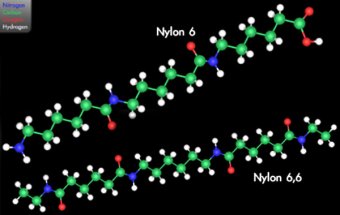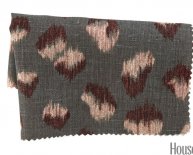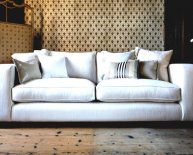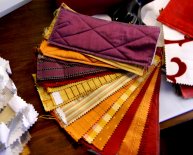
Polyamide (Nylon)
This is the first of a two-part series on Adhesion Bonding of Nylon Polymers. In this blog, we’ll examine the surface properties of nylon, cleaning and pretreatments, as well as discuss the reasons why nylons are difficult to bond.
Polyamide, commonly known as Nylon, is a semi-crystalline polymer. The two most common grades are Nylon 6 and Nylon 6/6. Nylons are used in thousands of automotive, aerospace, medical and industrial applications where high-temperature, solvent-proof, electrically-shielded parts are needed. While these characteristics are excellent for performance, poor surface wettability and moisture are bonding challenges for manufacturers. 
Surface Properties
Nylon polymers inherently are difficult to bond because they are hydrophobic, chemically inert and possess poor surface wettability (i.e. low surface energy). Further, nylons are hygroscopic and will absorb moisture in excess of three percent of its mass of water from the atmosphere. Moisture, in and of itself, creates adhesion problems. The rate of moisture absorption is dependent upon time, relative humidity and temperature. Therefore, it is important to perform bonding processes as soon as possible following molding operations or package the parts tightly in non-poly bags with a desiccant. Proper drying procedure of nylon resins is critical to processing and part performance.
Wait a minute! On the face of it, the above remarks would seem to be mutually contradictory. Is nylon hydrophobic or hydrophilic? The resolution of this apparent paradox comes in recognizing that the hydrophobic behavior of nylon is a surface property and the hydrophilic behavior is a bulk property.
Since nylon is an organic polymer, it has a relatively low surface energy, as do most polymers. This is a consequence of the surface chemistry and surface physics of polymers and other organics. However, the amide groups in the nylon chain attract water, and they give rise to the hydrophilic behavior of this material in regard to BULK ABSORPTION of water. So, in the bulk, nylon can behave as a hydrophilic material, but on the surface it can exhibit hydrophobic behavior.
Cleaning and Pretreatments
Surface preparation is critical toward achieving high adhesive bond strength. Surfaces must be clean and contamination-free from dirt, grease and oils. Low molecular weight materials (LMWM), such as silicones, mold release and anti-slip agents, inhibit bonding. To suitably clean nylon surfaces and remove LMWM materials, use Toluene, Xylene, Acetone or MEK (in accordance with company solvent policy and state law). Alcohol is a weak solvent and only removes superficial dirt, but not hydrocarbon contaminates. Proper technique must be used at all times, including lint-free cloths and wearing powder-free hand protective gloves. Excess solvent creates weak boundary layers of un-removed chemicals, leaving a haze build-up that will inhibit bonding.
Nylon bonding applications often require plasma pretreatment immediately following solvent cleaning. Gas-phase surface oxidation pretreatments for nylon include electrical corona discharge, electrical atmospheric plasma, electrical air plasma, flame plasma and low-pressure RF cold gas. These processes are characterized by their ability to generate “gas plasma, ” an extremely reactive gas consisting of free electrons, positive ions and other species. Chemical surface functionalization also occurs. In the science of physics, the mechanisms in which these plasmas are generated are different, but their effects on surface wettability are similar. Each method is application-specific and possesses advantages and/or limitations. For example, electrical pretreatments do not remove/clean all polyaromatic hydrocarbons, so it may be necessary to continue solvent cleaning. RF Cold Gas pretreatment will remove hydrocarbons; thus, pre-cleaning is not necessary.
As a general rule, acceptable bonding adhesion is achieved when the surface energy of the substrate is approximately 10 dynes/cm greater than the surface tension of the liquid or adhesive. The surface energy of untreated nylon is approximately 40 dynes/cm. Therefore the desired post-treatment surface energy needs to be in the range of 50-54 dynes. In this situation, the liquid is said to “wet out” or adhere to the surface. A common method for measuring surface energy “wetting” is the use of calibrated dyne solutions in accordance with test method ASTM D2578.
In the next Plastics Decorating blog, we’ll discuss bonding failure mechanisms, adhesives and curing and recommend best manufacturing practices.
Your questions are welcome here. Let us know how we can help you resolve plastics manufacturing problems.

















